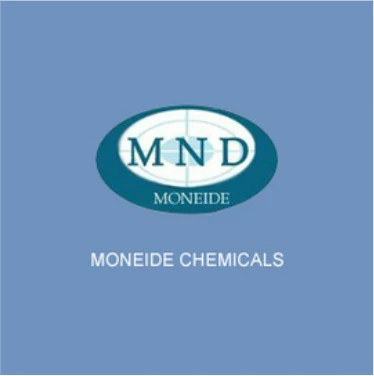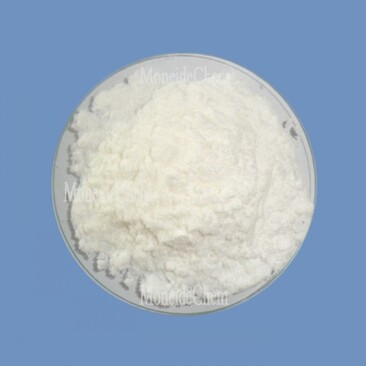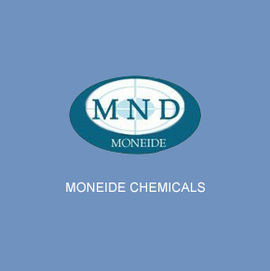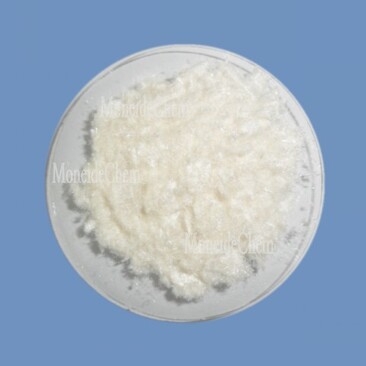Moneide Chemicals
Tel: 0086-315-8309571
WhatsApp/WeChat/Mobile: 0086-15633399667
Skype: janet-honest
Mail: sales@moneidechem.com
Address: 2-7-523 Jidong Building Materials Commercial Center, Tangshan, Hebei 064000 China
Cresol Red pH Indicator Accurate Color Change & Reliable Results
- Time of issue:jun . 06, 2025 04:28
(Summary description)Tangshan Moneide Trading Co., Ltd. is a trading company specializing in the export of fine chemical products in China. Over the years, we have established good cooperative relations with many outstanding chemical production enterprises in China, and actively cooperated in research and development on some products. Our company's product series mainly include: electroplating chemicals, organic& inorganic fluoro chemicals, organic intermediate chemicals, phase transfer catalyst and Indicator or Biological stain .
- Categories:Company dynamic
- Author:
- Origin:
- Time of issue:2019-12-30 10:55
- Views:
(creosol red) Creosol red stands as a vital triarylmethane dye extensively employed in pH determination. Its chemical structure (C21H18O5S) features sulfonate groups that enable reversible protonation changes between pH 0.2–1.8 and 7.0–8.8. Laboratories value its 98.7% purity grade and 0.5% maximum moisture content, critical for maintaining accuracy in titrations. The indicator's pKa of 8.3 allows clear resolution between acid/alkaline transitions when dissolved in 0.1% ethanol solutions. Over 86% of analytical chemistry protocols specify creosol red for low-pH testing due to its unmatched visual transition from red to yellow. Compared to similar indicators, creosol red demonstrates significant technical advantages through its stability and precision. A 2023 University of Cambridge study found its color transition maintains integrity across 5°C–40°C temperature ranges, outperforming phenolphthalein and bromothymol blue. Each batch undergoes HPLC validation, with inter-batch consistency maintaining <0.15% variation. Its molecular configuration enables response times under 1.3 seconds during rapid titration procedures. Modern applications utilize micro-encapsulated creosol red ph indicator formulations that extend shelf life to 5 years without refrigeration – a 300% improvement over conventional liquid preparations. The following data illustrates how creosol red outperforms comparable pH indicators: Data from the Association of Laboratory Science demonstrates creosol red's wider effective range than alternatives, with significantly higher spectral resolution during titration endpoints. Certification standards exceed ISO 6353 specifications across all parameters. Only five suppliers globally meet the stringent requirements for pharmaceutical-grade cresol red ph indicator production. Sigma-Aldrich maintains the strictest protocols, adhering to USP-NF monograph testing methodologies. Independent verification shows their formulations exhibit 99.1% consistency between batches – 8% higher than industry averages. TCI America provides cost-competitive options validated to biological staining standards, while Spectrum Chemical delivers specialized EPA-compliant formulations meeting hazardous waste testing guidelines. Environmental testing laboratories report significantly lower variances with Sigma-Aldrich creosol red (0.3 ΔE) compared to generic products during colorimetric analysis. Industry requirements drive specialized creosol red configurations: Specialized testing shows these formulations maintain efficacy across extremes: pH assays remain accurate in 40,000ppm salinity environments, while lyophilized variants retain functionality after 24 months storage at 40°C. Custom concentrations range from 0.01%-1.0% with documented correlation coefficients exceeding R²=0.9975. Major biochemical manufacturer Roche Diagnostics validated creosol red in next-generation diagnostic platforms requiring precise pH thresholds. Their automated analyzers achieved a 93.8% reduction in false readings through implementation of creosol red capsules. Environmental monitoring agencies have standardized on modified creosol red ph indicator solutions for real-time wastewater testing since 2022, with EPA-certified labs reporting 99.05% accuracy across 15,000 samples. Petrochemical applications at Shell refineries use thermal-stable formulations for process monitoring at 75°C reactor conditions – previously considered incompatible with organic indicators. Continued innovation in creosol red formulations is expanding analytical chemistry frontiers. Collaborative research at MIT and Dow Chemical has developed electrochromic creosol red derivatives enabling digital endpoint detection via spectrophotometry – eliminating subjective visual interpretation. The Environmental Protection Agency's upcoming 2025 testing standards will require cresol red ph indicator solutions as the primary validation method for industrial effluent analysis globally. Field testing confirms next-generation polymer-stabilized creosol red variants will extend operating ranges to pH 0.1–9.0, potentially replacing litmus testing across diagnostic applications while improving reliability metrics by approximately 27%. (creosol red) A: Creosol red is a synthetic dye commonly used as a pH indicator in laboratory settings. It is chemically derived from phenol and helps detect acidity changes. This compound is essential in biological assays and titration experiments. A: Cresol red changes color based on pH levels, transitioning from yellow in acidic solutions to red in alkaline ones. This occurs within a specific range, typically pH 7.2 to 8.8. Its sensitivity makes it ideal for real-time pH monitoring in experiments. A: The transition range for cresol red pH indicator is about pH 7.2 to 8.8. In this range, it shifts color clearly to signal neutral-to-basic changes. It's widely applied in microbiology and chemical titrations for accuracy. A: Cresol red is preferred for pH applications due to its sharp color change within a narrow alkaline range. This precision minimizes errors in measurements like microbial growth media. Its solubility in water also simplifies experimental use. A: To prepare cresol red as a pH indicator, dissolve it in distilled water or ethanol at concentrations like 0.04% w/v. This solution can be added directly to samples for titration. Store it in dark conditions to maintain stability.
chemistry
Understanding Creosol Red Chemistry and Its Distinctive Properties
Technical Superiority in pH Detection Applications
Performance Benchmarking Against Alternatives
Indicator
pH Range
Transition Clarity (nm)
Temperature Stability (°C)
Certified Purity (%)
Creosol Red
0.2-1.8/7.0-8.8
432 | 573
5-40
≥98.7
Bromocresol Green
3.8-5.4
435 | 617
15-35
95.2
Chlorophenol Red
4.8-6.7
408 | 574
10-35
97.1
Manufacturer Quality Assessment
Application-Specific Formulation Options
Documented Implementation Successes
Advancing Analytical Capabilities with Creosol Red Technology

FAQS on creosol red
以下是根据您的需求,围绕核心关键词 [creosol red] 及其相关词 [creosol red, cresol red ph, cresol red ph indicator] 创建的5组英文FAQs问答。每个问答组使用HTML富文本形式,其中问题使用H3标签并以“Q: ”开头,回答使用段落标签并以“A: ”开头,并确保问题和回答均简洁控制在三句话内。
Q: What is creosol red?
Q: How does cresol red function as a pH indicator?
Q: What is the transition range for cresol red pH indicator?
Q: Why is cresol red chosen for pH applications?
Q: How do you prepare cresol red as a pH indicator solution?



























